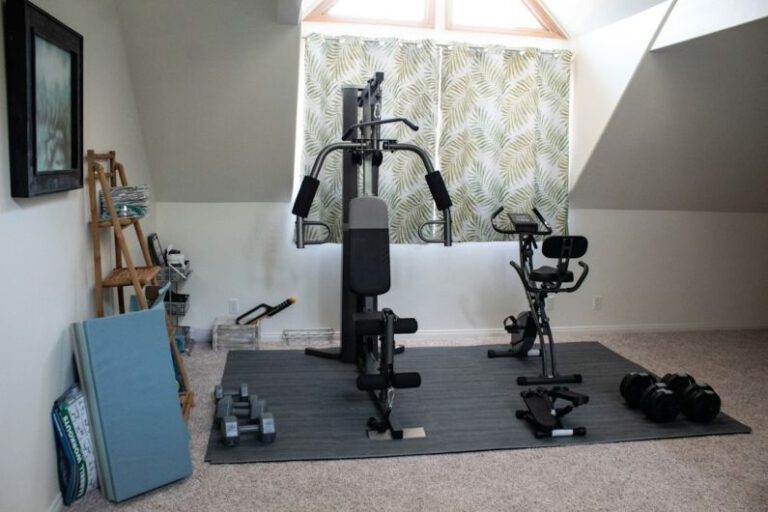How to Build a Simple Raised Bed Garden?
If you’re a gardening enthusiast or just a beginner looking to start your own garden, a raised bed garden can be a great option. Raised bed gardens offer several advantages over traditional gardens, such as better soil drainage, weed control, and easier access for planting and harvesting. In this article, we will guide you on how to build a simple raised bed garden.
Choosing the Right Location
The first step in building a raised bed garden is selecting the right location. Look for a spot that receives at least six hours of sunlight per day. It’s also important to choose a level area that is easily accessible for watering and maintenance.
Preparing the Ground
Before building your raised bed garden, it’s essential to prepare the ground properly. Start by removing any grass, weeds, or debris from the area. Next, loosen the soil using a garden fork or tiller. This will help improve the drainage and aeration of the soil.
Building the Frame
Once the ground is prepared, it’s time to build the frame for your raised bed garden. You can use various materials such as wood, bricks, or concrete blocks for the frame. Wood is a popular choice due to its affordability and ease of use. If using wood, make sure to choose rot-resistant lumber like cedar or redwood.
Cut the boards to the desired length, typically between 3 to 4 feet. Then, attach the boards together using galvanized screws or nails. Remember to make sure the corners are square by using a carpenter’s square or a measuring tape.
Preparing the Soil
After constructing the frame, it’s time to fill it with soil. The key to a successful raised bed garden is using a high-quality soil mix that is rich in organic matter. You can either buy pre-made soil mix from a garden center or make your own by combining equal parts of compost, garden soil, and vermiculite or perlite.
Fill the raised bed with the soil mix, leaving around an inch of space at the top. Use a garden rake or your hands to level the soil evenly. Avoid stepping on the soil to prevent compaction.
Planting and Mulching
Once your raised bed garden is ready, it’s time to start planting. Choose plants that are suitable for your region and the amount of sunlight your garden receives. Space the plants according to their specific requirements, leaving enough room for them to grow.
After planting, apply a layer of organic mulch around the plants. Mulch helps retain moisture in the soil, suppresses weed growth, and adds nutrients as it breaks down. You can use materials such as straw, wood chips, or leaves as mulch.
Watering and Maintenance
Proper watering is crucial for the success of your raised bed garden. Water the plants regularly, aiming for deep, consistent watering. Avoid overwatering to prevent root rot and other water-related issues.
In terms of maintenance, keep an eye out for weeds and remove them promptly to prevent competition for nutrients and space. Regularly check for pests and diseases, and take appropriate action if necessary. Additionally, consider adding compost or organic fertilizers to replenish the nutrients in the soil.
Conclusion
Building a simple raised bed garden can be a rewarding and enjoyable experience. By following the steps outlined in this article, you can create a productive garden space that provides fresh and healthy produce throughout the growing season. Remember to choose the right location, prepare the ground properly, build a sturdy frame, use quality soil, and practice regular maintenance. With these simple steps, you’ll be well on your way to a thriving raised bed garden.






